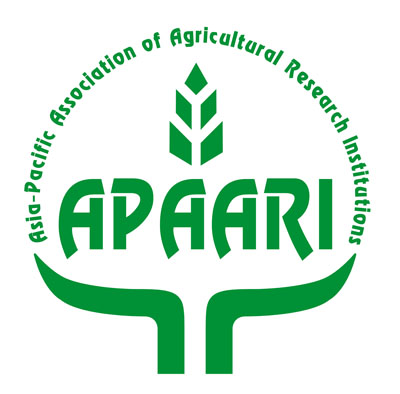
28 January, 2021 Thursday at 10: 30 AM Indian Standard Time
Jointly Organized by: Department of Fisheries, Min of AHD&F, Govt. of India
LINAC-NCDC, Department of Agriculture, Coop & FW, Min of Agri & FW, Govt. of India
NEDAC, Bangkok (www.nedac.info)
PROGRAM
Free registration required in advance at www.nedac.info
Zoom link will be sent to the registered participants
Live-streamed (no registration needed) on
NCDC YouTube: https://www.youtube.com/c/sahakarCooptubeNCDCIndia
NCDC Facebook: https://web.facebook.com/ncdcindia
CONCEPT PAPER
India has a coastal line of around 7,500 km which can be potential seaweed farming zones. The required manpower for the seaweed farming and processing can be met considerably from the fishermen communities which are vulnerable to climate changes thereby can enhance their livelihoods. Seaweed farming and its associated preliminary processing can be taken in village or community levels as a strategy of adaptability and resilience in the context of climate change. India has 14500 km of navigable waterways.
Utilizing these natural advantages for Seaweed cultivation could have several advantages for India. Seaweed does not require any fresh water, arable land and nutritional inputs. As water scarcity is emerging as an important challenge in the country, this is particular relevance of the country. World Bank predicts that achieving a global production of 500 million tons of Seaweed by 2050 would absorb 10 million tons of nitrogen, which is 30% of the nitrogen estimated to enter in the ocean. Seaweed can also absorb 15 million tons of phosphorous, which is 33% of the total phosphorous reached to the ocean by runoff.


